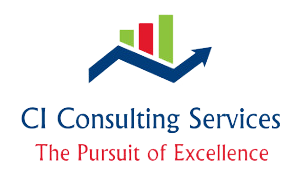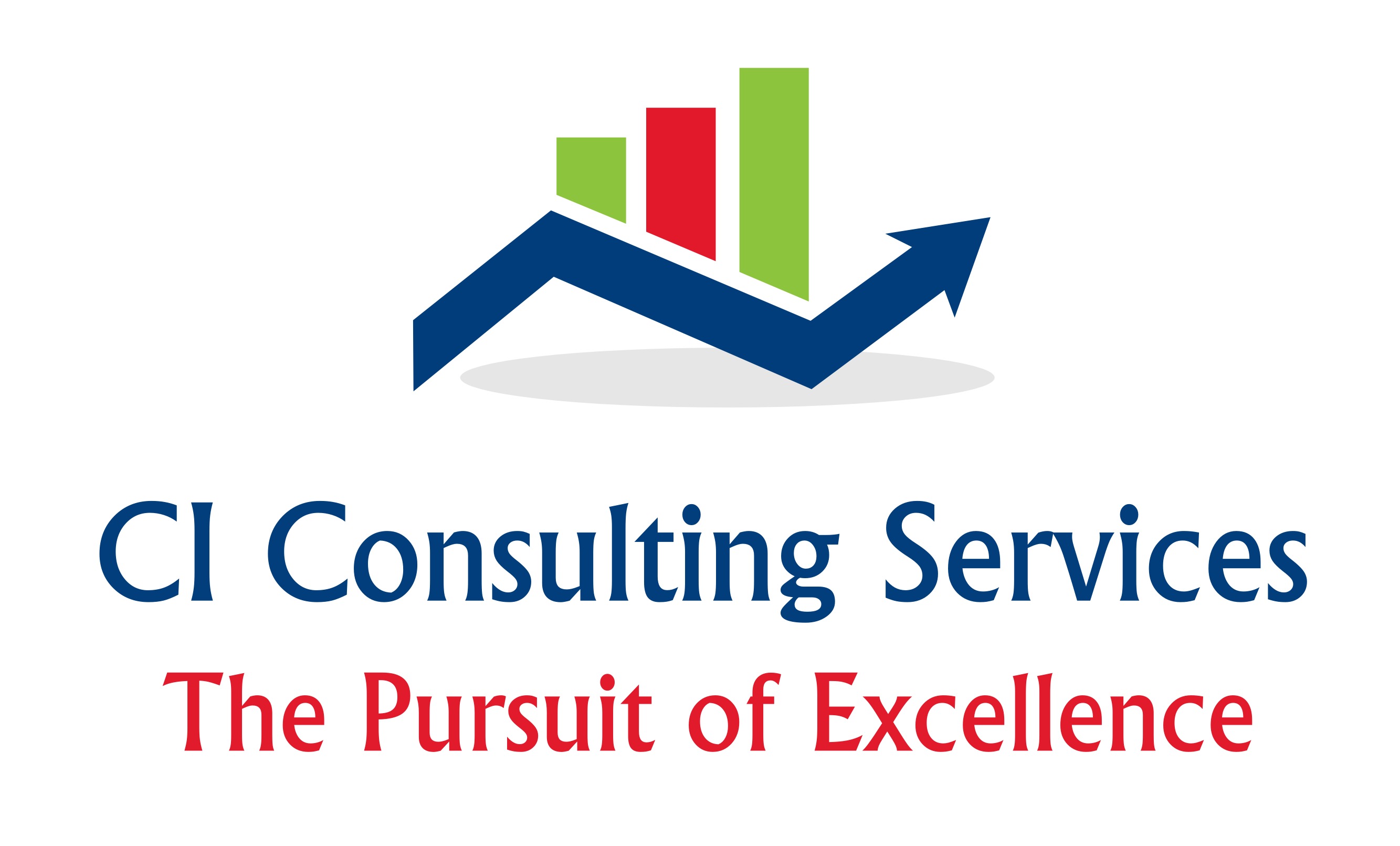
Combating the Whirlwind
People are so busy these days working on urgent activities to keep the business running that there never seems to be enough time for the important improvement activities that need to get done to ensure the long-term success of the organization. We call the flurry of urgent daily activities the "whirlwind" and we need to control it.
How many times have you started a workday with a list of goals to accomplish for the day and something unexpected happened? Perhaps some emergency meeting or other pressing issues that seemed to pop out of nowhere to consume most all of your day. I think it’s happened to all of us over time. After all, those urgent items are real issues that need to be dealt with.
What can we do about it?
In these busy times I think it’s more important than ever to take a look at what you do in a day and how you do it. Create a standard work for yourself and really track what you do in a day. Meetings, emails, social networking and unexpected issues are some of the time-sucks that eat away at productive time.
One easy way to measure how much time is spent on meetings and emails is to track the time spent in 15 minute increments for a week. Then, at the end of the week if you spent most of your time in meetings and processing email you have to consider some changes in your routine.
Lean thinking helps reduce non-value added time in your day. Why are meetings automatically an hour long? If you use effective meeting management tools, like timed agendas, cutting meetings down to 45 or even 30 minutes will save a significant amount of time in your day.
Ask yourself if the meeting is really necessary? Calculate how much money the meeting cost the organization and then double the value due to all the things you could have accomplished if you weren’t in the meeting. Was it worth the cost? If your meetings are just for updates on current status, there are more effective ways to make sure people stay informed.
Rule of thumb: after a successful meeting, something should have changed, been resolved, or been created. No more meetings with nothing accomplished.
Email is a silent assassin of time. How many emails do you get that are mailing lists or advertisements for things you’re not interested in. Consider unsubscribing just to reduce the volume of email in your Inbox.
Also, set standard work for who is included on emails. Some of this is personal and varies by the manager. For me, if somebody sends a standard request for information from my team then I don’t need to be included on it. If the item is a problem due to urgency or a second or third request that has gone unfilled, then I want to know about it. Let’s not include people “just in case” they might want to know. And please don’t “Reply all” unless everyone needs to stay in the loop.
Prioritize what is truly important for the business to succeed. Addressing the daily whirlwind will keep the business going today; but it’s time spent on implementing improvemens, thus minimizing the whirlwind, that will keep it going for the long term. Schedule the time for continuous improvement activities rather than finding some available time. Effective people don’t have to-do lists, they have schedules.
Plan the work and work the plan. Pay attention to balance. Complete activities with long-term benefits as well as the urgent, short-term ones.
Henry Ford grew up on a farm and used to tell a story about how a typical farmer thought nothing of carrying buckets of water up stairs or ladders every day, rather than taking the time once to lay a few lengths of pipe to eliminate the wasted effort. Are you carrying water or laying pipe in your business?



